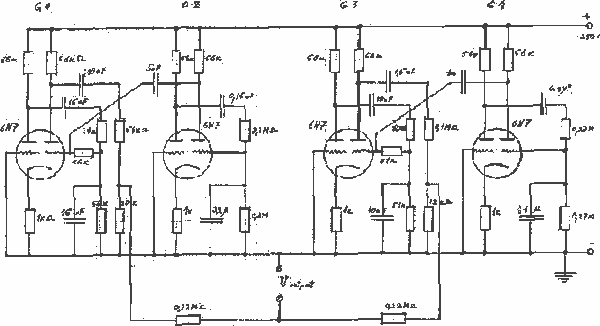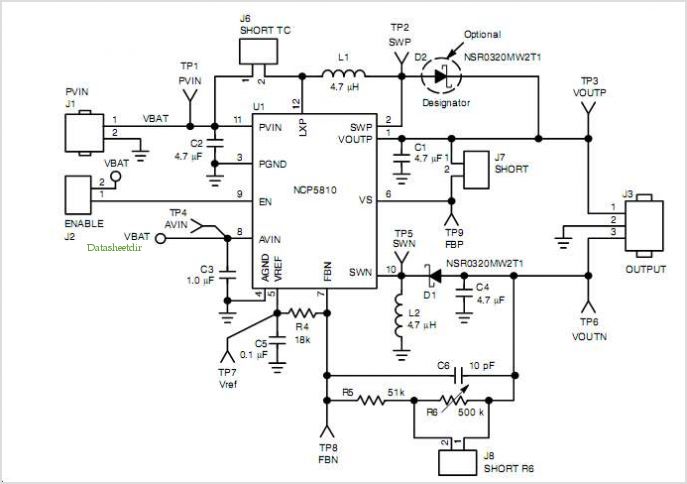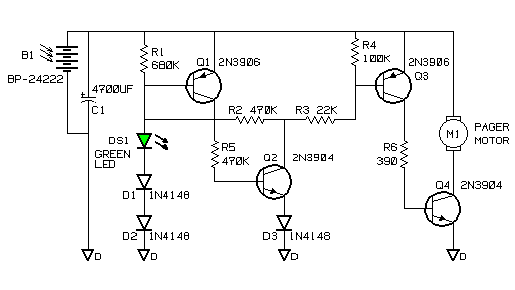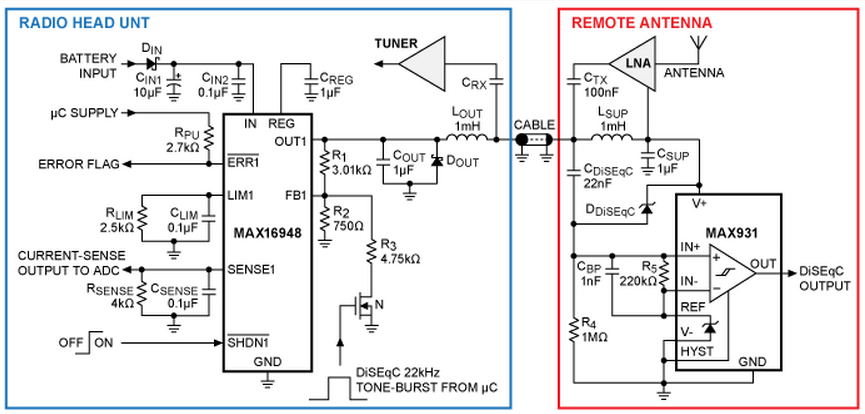
Power Supply Failure Alarm
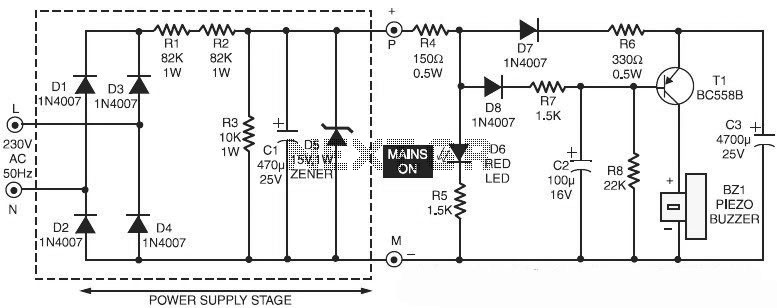
This is a specialized circuit design for a power supply failure alarm. Most power supply failure alarm or indicator circuits require an independent power supply. However, the alarm circuit presented here...
The power supply failure alarm circuit is designed to monitor the status of a power supply and provide an alert in the event of a failure. This circuit is particularly advantageous as it eliminates the need for an additional power source, which is a common requirement in traditional alarm systems.
The core of the circuit typically includes a voltage comparator, which continuously monitors the output voltage of the power supply. If the voltage drops below a predetermined threshold, indicating a failure, the comparator triggers an alarm signal. This alarm signal can be visualized through an LED indicator or can activate a relay to control external devices, such as a warning siren or a notification system.
Key components of the circuit may include resistors, capacitors, and diodes, which are used to set the voltage reference levels and filter noise from the power supply. The design may also incorporate a microcontroller for more advanced features, such as logging failure events or sending alerts via communication interfaces.
The schematic layout should ensure that the monitoring section is isolated from the load section to prevent any interference from the load's operational noise. Proper grounding and decoupling techniques must be employed to enhance the reliability of the circuit.
Overall, this power supply failure alarm circuit is a critical component in many electronic systems, providing essential monitoring capabilities without the added complexity of an independent power supply.This is the special circuit design of power supply failure alarm. The vast majority of the power supply failure alarm / indicator circuits require a independent power supply for themselves. However the alarm circuit introduced right here re.. 🔗 External reference
The power supply failure alarm circuit is designed to monitor the status of a power supply and provide an alert in the event of a failure. This circuit is particularly advantageous as it eliminates the need for an additional power source, which is a common requirement in traditional alarm systems.
The core of the circuit typically includes a voltage comparator, which continuously monitors the output voltage of the power supply. If the voltage drops below a predetermined threshold, indicating a failure, the comparator triggers an alarm signal. This alarm signal can be visualized through an LED indicator or can activate a relay to control external devices, such as a warning siren or a notification system.
Key components of the circuit may include resistors, capacitors, and diodes, which are used to set the voltage reference levels and filter noise from the power supply. The design may also incorporate a microcontroller for more advanced features, such as logging failure events or sending alerts via communication interfaces.
The schematic layout should ensure that the monitoring section is isolated from the load section to prevent any interference from the load's operational noise. Proper grounding and decoupling techniques must be employed to enhance the reliability of the circuit.
Overall, this power supply failure alarm circuit is a critical component in many electronic systems, providing essential monitoring capabilities without the added complexity of an independent power supply.This is the special circuit design of power supply failure alarm. The vast majority of the power supply failure alarm / indicator circuits require a independent power supply for themselves. However the alarm circuit introduced right here re.. 🔗 External reference
